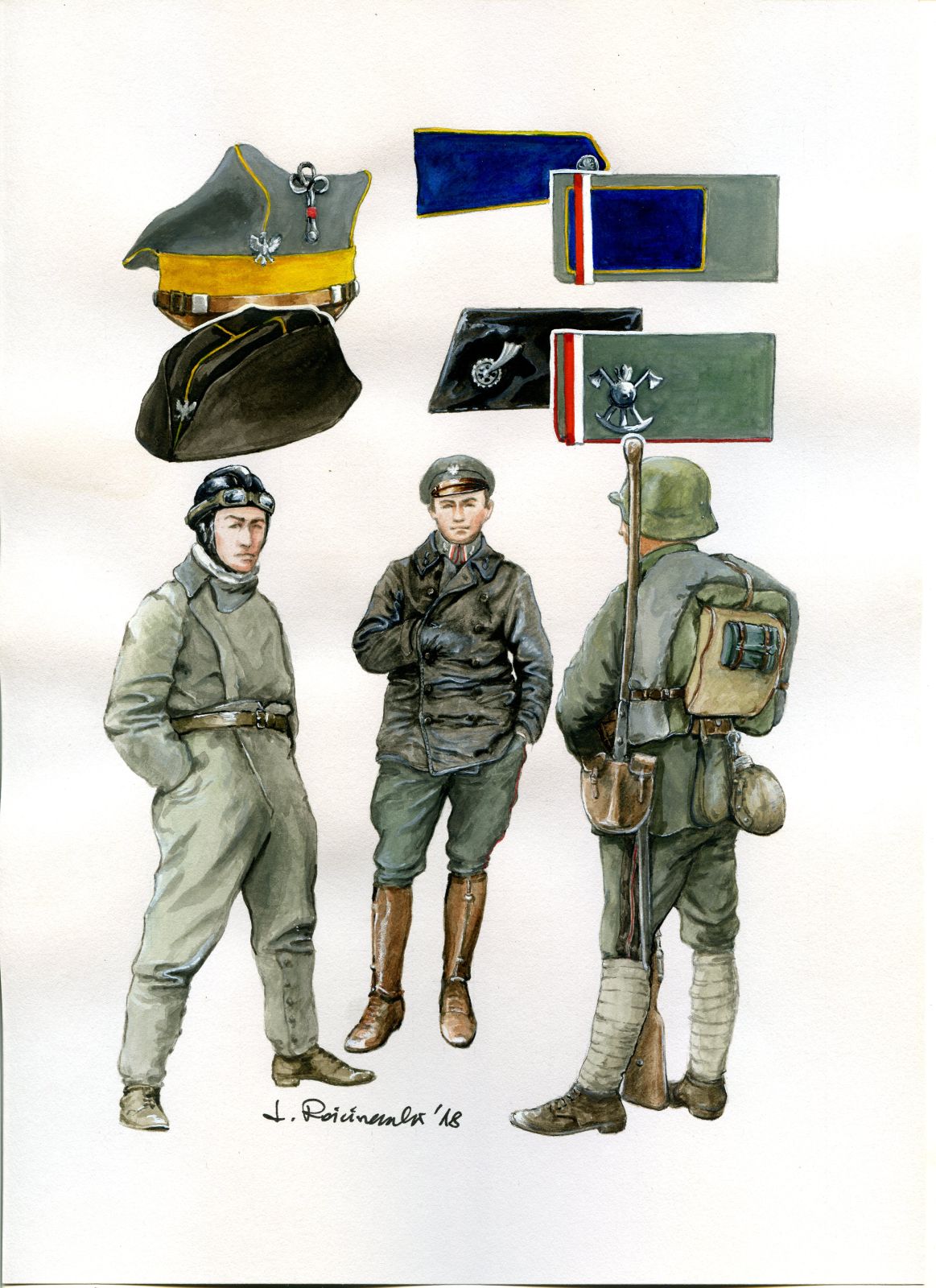The mission of the Institute of National Remembrance is to honour the
efforts of our ancestors who managed to regain the sovereignty of
Poland, therefore this website, devoted to the Greater Poland
Uprising, is of particular educational and commemorative
significance.
Photographs placed on the Home page under the Greater Poland Uprising
Gallery tab are a selection of the most interesting photographs which
can be found in Documents. The reader will find descriptions of the
photographs in Documents, where all iconographic materials are
collected.
Please note that the photographs as well as other materials used on
the website were provided by institutions that have contributed to
the establishment of the website, or are the property of the
Institute and are published on the website for educational purposes.
Anyone interested in making any of these materials available for
purposes other than educational, is requested to contact us.
